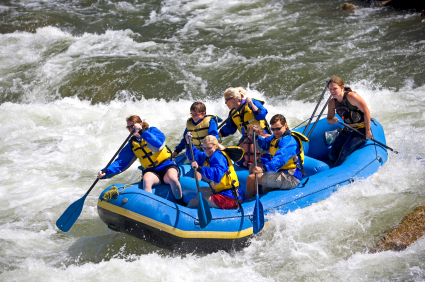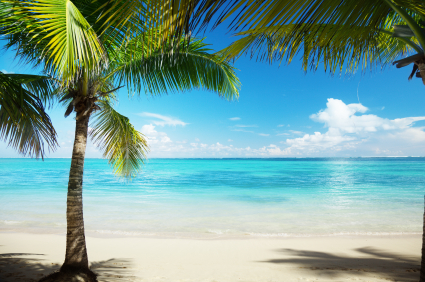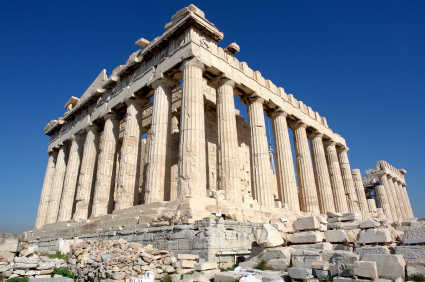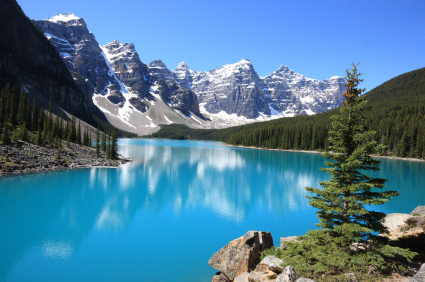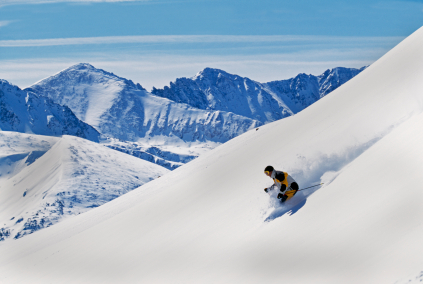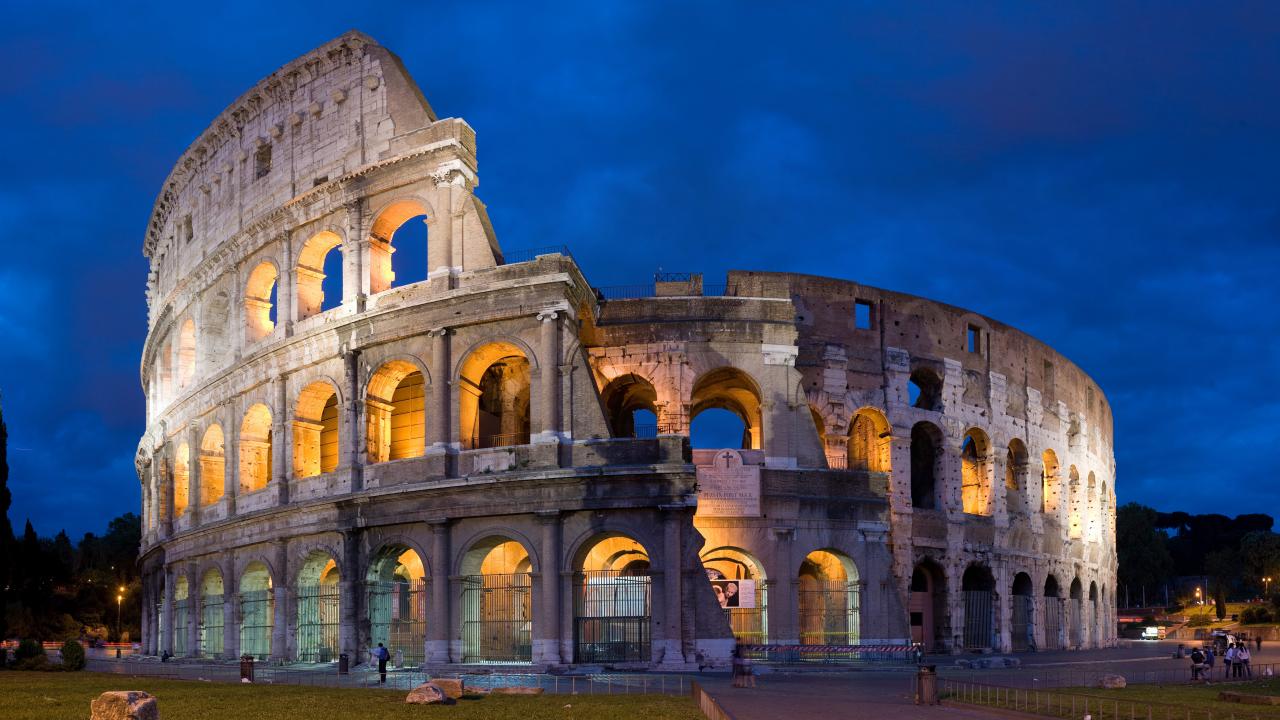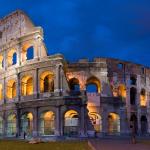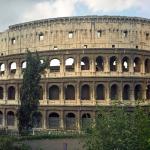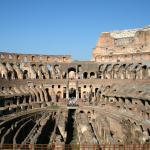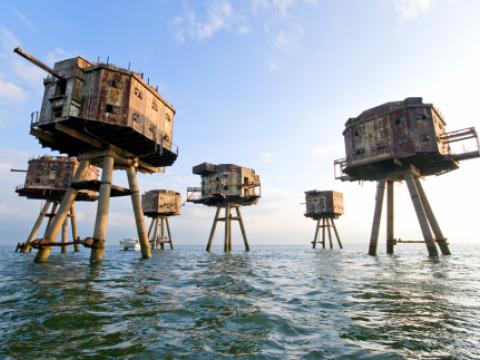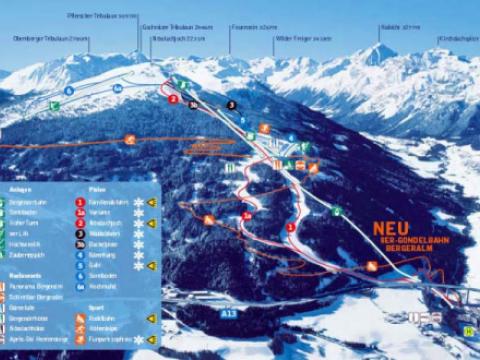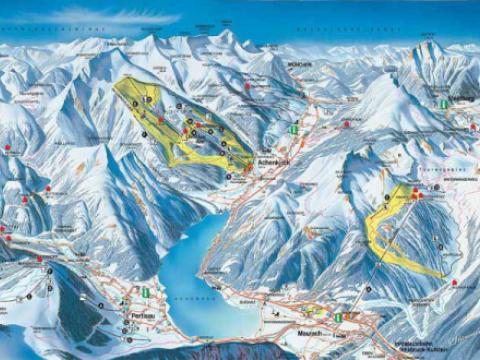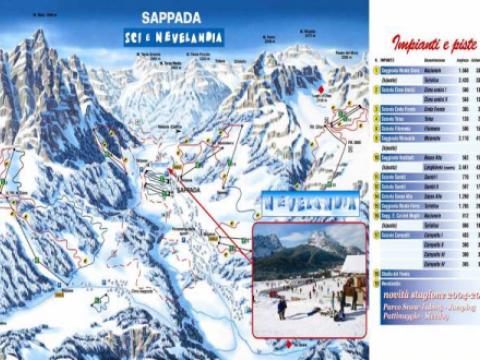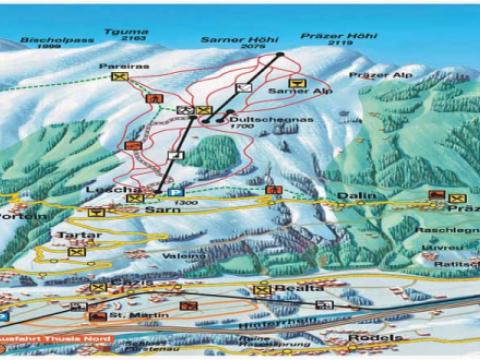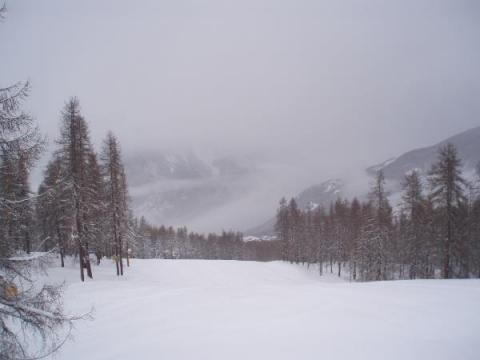Location
The greatest landmark of Rome, Colosseum, stands in the center of the city, defying the earthquakes, fires and thieves that tried to desecrate its structure. It has survived almost 2 millenniums of turbulent times and still looks magnificent.
Its construction started in the 1 century AD in the times of rule of emperors from the house of Flavian, thus the Colosseum is often called the Flavian amphitheater. Even today this theater is the largest structure of its kind in the world, but in the ancient times, the Colosseum was really a wonder, seating up to 50 000 spectators.
In the Roman times, the Colosseum was used as a place where religious festivals took place, where stage shows were held, and where infamous gladiator fights were on the regular repertoire. The arena could even be filled with water to simulate sea battles.
Nowadays, the Colosseum serves as a touristic site and it is one of the most popular in the world. It has been an UNESCO World Heritage Site since the eighties and in 2007 was voted a part of the New7Wonders of the World.
Piazza Del Colosseo tram station is located right in front of the Colosseum.
A ticket to the Colosseum that also includes admission to the Palatine Hill and the Roman Forum is €12.

